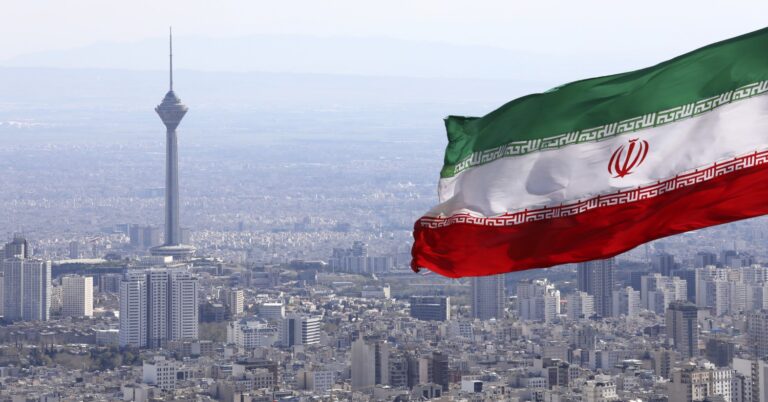Rome may try to charge visitors who are not from Rome for entrance to the Trevi Fountain, one of the most well-known pieces of watery public art in the world, in an effort to control the overwhelming influx of tourists.
Visitors have long been required to pause at this magnificent fountain from the Baroque era, which was finished in 1762. They usually toss coins into the basin to guarantee their return to the Eternal City. However, because of the coin-tossing custom’s widespread popularity, the once-magical experience has been ruined and the tiny piazza in front of the fountain as well as the nearby narrow streets are constantly crowded with people.
According to Rome’s tourist commissioner Alessandro Onorato, the fountain’s square might have a timed entry system with an hourly cap on the number of visitors. Locals would get in free, while those from outside the city would have to pay €1 ($1.11). (That’s on top of any coins people drop in the fountain, of course; those are collected and given to the Caritas charity.)
Onorato refers to the fee as “a symbolic euro,” meaning that it is merely a means to an end, not a goal unto itself, and that it may bring in some cash for the city. Although the concept is still in the proposal stage, the likelihood that it will be enacted in time for Rome’s 2025 Jubilee has increased due to the support shown by Italy’s national tourist minister.
Rome has already charged a small fee and required reservations for an attraction that was free of charge. Trying to control crowds, the city started charging visitors to the Pantheon, a nearly 2,000-year-old Roman temple turned Christian cathedral in the 7th century, €5 last year. In an effort to stop misbehavior around the fountain, the city has previously attempted to impose harsh fines on anyone attempting to recreate the iconic moment from Fellini’s 1960 film La Dolce Vita in which Anita Ekberg jumps into the water feature. The novel aspect of Rome’s Trevi proposal is that it would impose an admission price on a public area rather than a structure. This area has served as a meeting point for individuals seeking water ever since the Aqua Virgo, an old Roman aqueduct that still supplies the fountain, was finished in 19 BC.
Anxieties over dwindling public standards of conduct could have contributed to the change; one of the latest micro-scandals involving the fountain involves an Italian OnlyFans model who was fined for filming there in June. In addition, it represents rising concerns that Rome, like many other popular European destinations, may not be able to handle the volume of tourists that come here—35 million in 2023, and perhaps even more this year.
With the introduction of a visitor quota and a €5 admission price for 29 days during the spring and summer months when traffic is particularly heavy, Venice is already experimenting with charging non-Italians to enter its delicate historic center. Rome’s proposal to stop the flow of Trevi coin-tossers could be a sign of similar initiatives in tourist destinations around the world in a time when overtourism is becoming a global phrase.




















+ There are no comments
Add yours